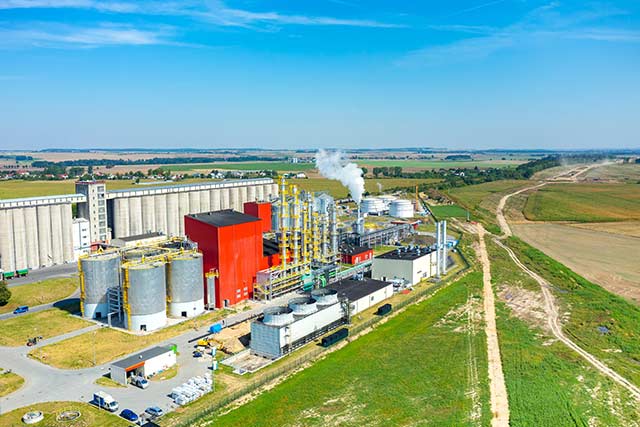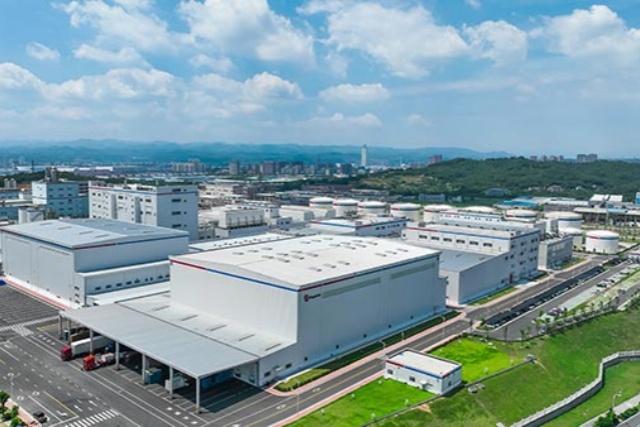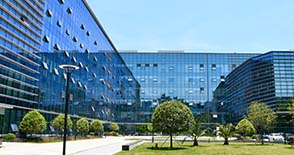Vinegar, one of humanity's oldest condiments, is as versatile as it is ancient. From enhancing flavors in global cuisines to industrial applications like preservation and cleaning, its varieties—apple cider, wine, malt, and distilled white vinegar—reflect diverse production methods. But how is vinegar crafted, and how can modern fermentation technology elevate its production?
How Is Vinegar Made
Vinegar can be made from any liquid that is capable of being converted into alcohol in a two-step process. The fruit juice or other liquid contains sugar, which is converted into alcohol and carbon dioxide gas by the actions of yeast enzymes. The alcohol thus formed combines with atmospheric oxygen by the action of Acetobacter bacteria, forming acetic acid and water. It is this fermentation that gives the vinegar its individual shade.
Most vinegar factories use submerged culture system to improve fermentation efficiency. The Semi-Batch-Process for the production of alcohol/fruit/cider/wine vinegar is a fermentation process at which 1/3 of the fermentation liquid is discharged when reaching a residual alcohol content of 0.3~0.5%vol and replaced by charging fresh mash.
Challenges in Vinegar Fermentation
1. Due to a lack of some nutrients and trace elements in mash, the acetic acid bacteria may reduce reproduction and metabolic processes.
2. The fermentation cycle fluctuates greatly and is unstable.
3. Low fermentation acidity.
4. Slow fermentation start-up speed.
5. More sediment in fermenter.
All of the above greatly affect production efficiency.
Optimizing Fermentation with Nutrients
Nutrients are crucial for the fermentation process. First, choose nutrients rich in vitamins and trace elements. Second, select nutrients with stable organic nitrogen sources.
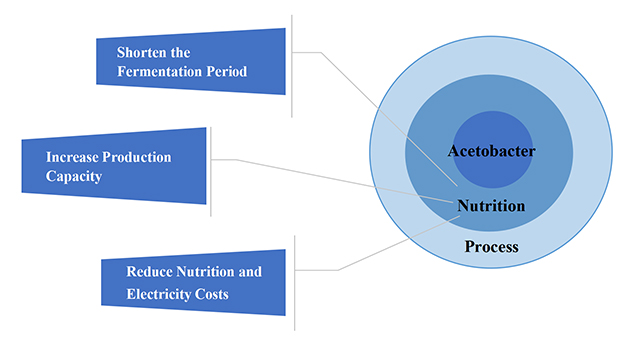
Fig.1 Nutrients play a crucial role in the fermentation process
Angel Z31: The Superior Nutrient for Vinegar Fermentation
Angel has long focused on microbial fermentation, with Z31 being a key nutrient optimized for vinegar fermentation.

Fig.2 Performance comparison
Stability: Better than Similar Product.
Starting speed: Better than Similar Product.
Fermentation speed: Better than Similar Product.
Odor: The odor of Z31 is lighter.
Colour: The colour of Z31 is lighter.
Solubility: Better than Similar Product.
Shelf life: Better than Similar Product (24 months).
Application Cases
Tab.1 Production performance comparison

Under the same process & same fermenter.
Dosage:1.7‰ fresh mash.
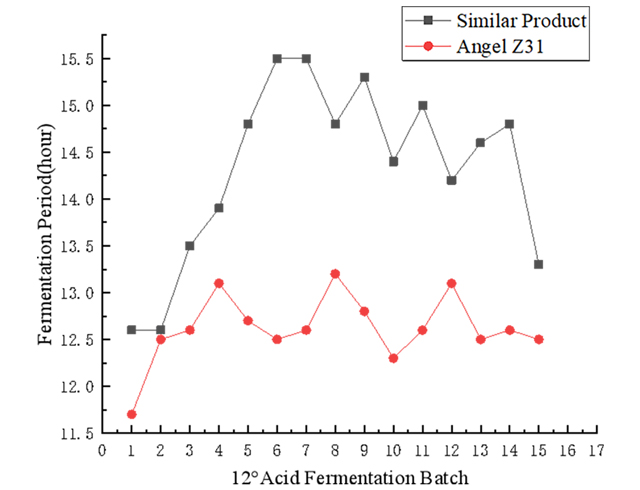
Fig.3 Production performance comparison
Economic Benefit Analysis
Tab.2 Taking 15 hours/batch of vinegar fermentation as an example
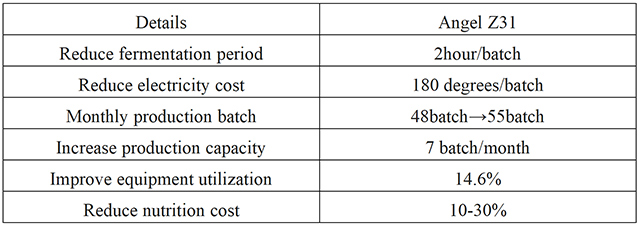
By using Angel Z31 nutrients, we can shorten the fermentation period of vinegar, enhance production stability, increase equipment utilization, and reduce production costs.
| Published by Li Zhaofei Senior Engineer, Center for Industrial Microbiology and Brewing Technology |
About Angel Brewing
Angel brewing focus on the brewing microbial resource industrialization and its industrialized application including global distilling spirit, wine, fermented condiment and global biofuel. The team of angel brewing experts provides brewing microbial products and fermentation solutions to global customers.
About Angel
Angel Yeast Company is a high-tech listed company specializing in yeast and biotech. Product business covers Yeast and Baking, Yeast Extract-Savoury, Nutrition & Health and Biotechnology fields. It is one of the world's leading companies in the yeast industry. Angel has 12 holding subsidiaries and provides products and services for more than 170 countries and regions.
Press Contact
Angel Yeast Co., Ltd.
Yichang, Hubei, China
Ryan Wu
Tel.: +86 717 6353619
Email: brewing@angelyeast.com

